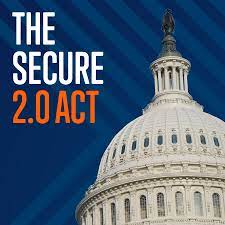SECURE 2.0 allows employers the opportunity to offer matching contributions and profit-sharing contributions on an after-tax basis for participants who elect such treatment. Why would any employer offer that? I require separate accounting by the TPA and there is this aspect of payment of taxes that has to be addressed since a participant pays taxes on the contributions and gets tax-free earnings.
Notice 2024-2 from the Internal Revenue Service let us know about the tax reporting aspect of these designated Roth employer contributions. Originally, I thought it would be added to the W-2 and taxed, but I suppose the IRS didn’t want to give more headaches to payroll companies, the same group who successfully complained enough that the IRS delayed the implementation of Roth catch-up contributions for Highly Compensated Employees.
Designated Roth matching contributions and designated Roth nonelective contributions to a plan must be reported using Form 1099-R for the year in which the contributions are allocated to the individual’s account. The total amount of designated Roth matching contributions and designated Roth nonelective contributions that are allocated in that year are reported in boxes 1 and 2a of Form 1099-R, and code “G” is used in box 7. That means that no taxes will be withheld from a participant’s paycheck to pay for these contributions, possibly causing an amount due to the government. It seems a lot of jumping around and working for a provision that won’t be that popular.







